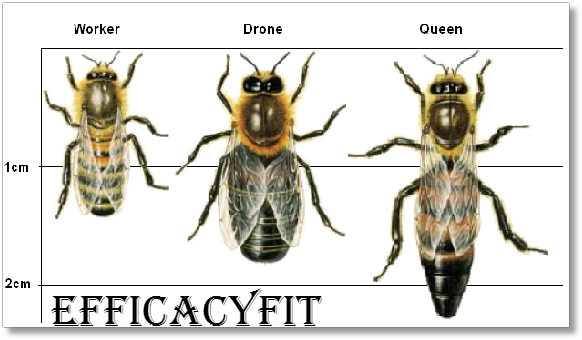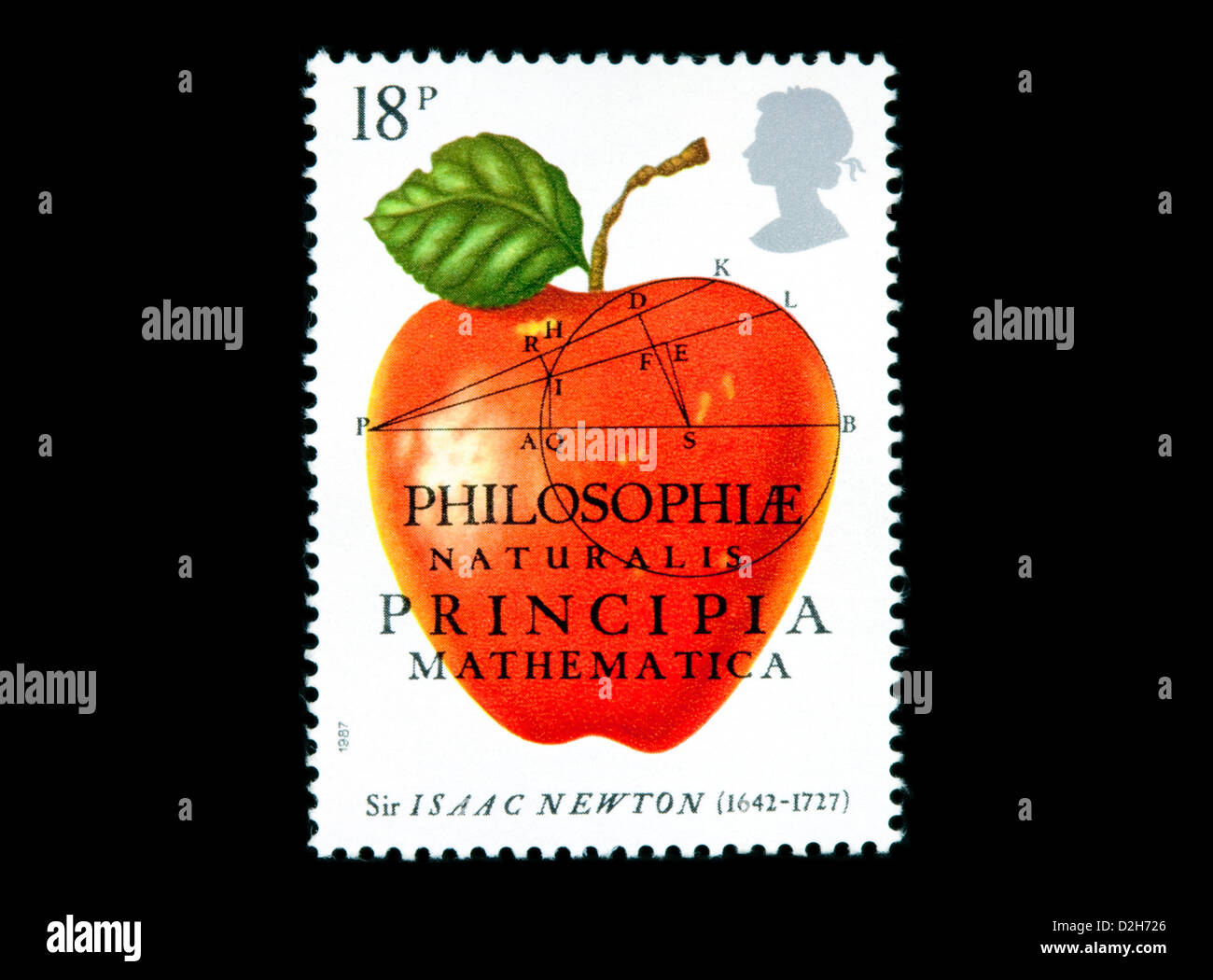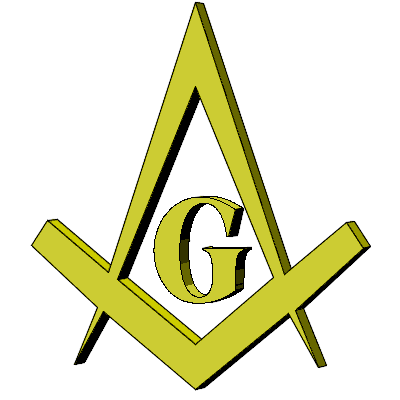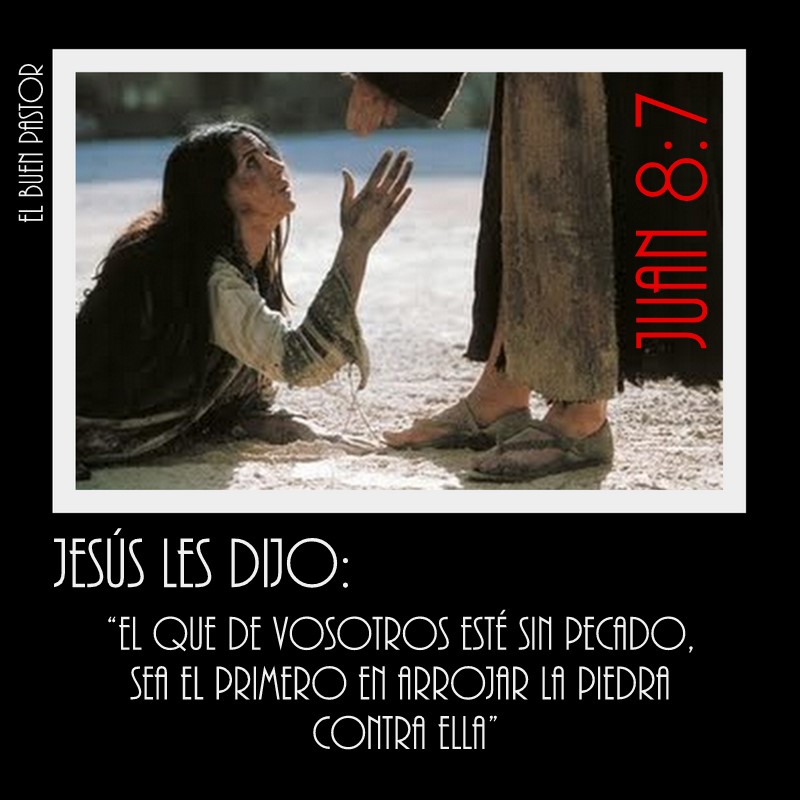|
|
|
Mary Magdalene: Woman and Archetype
Poised on the threshold of the third Christian millennium, she stands in all her power and majesty, still clasping her alabaster jar. Who is the woman whom the Christian Gospels call "the Magdalene"? How can we have failed for so many centuries to recognize the Bride, the "Divine Complement" of Christ? As Jesus incarnates the "Logos," the masculine manifestation of the unseen and indescribably holy One, Mary Magdalene embodies his beloved sister-bride, the "Sophia," described in Gnostic texts as the "spouse" and "mirror of God's creative power" and in Hebrew Scripture as God's "delight."
Numerous medieval artists painted Mary Magdalene regal, dressed in gold brocade, wrapped in a crimson robe. They were fully aware that in the nuptial ode of the Messianic King, Psalm 45, the Bride is dressed in embroidered apparel of gold brocade, a passage that was part of her feast-day Mass liturgy for centuries, until 1969 when the Roman Catholic Church reorganized its calendar and dropped the allusion to the Bride. That earlier liturgy had also included a passage spoken by the Bride from the Song of Songs: "Set me as a seal on your heart, a seal on your arm" along with a reference the raising of her brother Lazarus. Church Fathers had thus acknowledged the passionate devotion of Mary Magdalene for Jesus, so obvious in the Gospels, and recognized her as the "Beloved" who had anointed Jesus at Bethany (John 11:2; 12:3).
Mary Magdalene is the only person mentioned by all four evangelists at the scene of both cross and tomb, and John's Gospel assigns to her alone the unique privilege of being the first witness to the Resurrection. She embodies the archetype of the "Sister Bride" who, in ancient liturgies honoring the "Sacred Marriage" of the Divine Complements, first anoints the Sacred King and later goes to the tomb to mourn the his death and is overjoyed to find him resurrected. How can we have failed to identify the archetypal Bride and Bridegroom of the Christian mythology, so clearly parallel to other divine couples celebrated in rites of Spring?—Easter is named for Oestare, one of the goddesses derived from Ishtar, the goddess of Babylon. The ancient rites celebrated the gifts of renewal and regeneration at the Spring Equinox—the eternal return of the Life Force and the balance manifested in the "Cosmic Dance" of all that is.
Modern scholars have been working hard to reclaim for Mary Magdalene the title "Apostle to the Apostles," based on her encounter with Jesus on Easter morning (John 20) when he sends her to tell his brothers that he is going to his father. Since apostolos means "messenger," that title is justified. She was the first witness to the Good News of the Risen Christ and joyfully carried that news to the community. The title "Apostle" makes Mary Magdalene about equal to Peter and others of the "chosen twelve." Acknowledging this role of Mary Magdalene may help women to reclaim positions of authority in the Church, to preach and to teach alongside the male clergy.
But reclaiming Mary Magdalene as an Apostle will not heal the wasteland of western culture nor cause the desert to bloom.
Only by reclaiming Mary Magdalene as "Bride" can we restore the balance that was once at the very heart of the Christian story, modeled by the Archetypal Bridegroom and his Beloved. The "Way" of Christ and Magdalene is the Sacred Union of the Mind and Heart, the Reunion of the Logos and the Sophia.
No longer shall she be called "Forsaken"
and her lands "Desolate"—
but she shall be called "Beloved,"
and her lands "Espoused."
Isaiah 62:4
~ Margaret Starbird
Reprinted with permission.
Copyright © October 2006
About The Author
Margaret Starbird is the widely acclaimed author of several books that seek to restore Mary Magdalene to a position of honor denied her for 2000 years by the entrenched hierarchy of the patriarchal system. Her first two books, The Woman with the Alabaster Jar and The Goddess in the Gospels were cited as catalysts for The Da Vinci Code. Her other titles include Magdalene's Lost Legacy and Mary Magdalene, Bride in Exile. Starbird gives lectures and retreats focused on the Divine Feminine. Please visit her website.
All rights reserved. No portion of this text can be reproduced without the written permission of the author.

http://www.portalsofspirit.com/MMArchetype.htm |
|
|
|
|
806. Juan 16:21 La mujer cuando da a luz, tiene dolor, porque ha llegado su HORA; pero después que ha dado a luz un niño, ya no se acuerda de la angustia, por el gozo de que haya nacido un hombre en el mundo.
Alchemy refers to a range of philosophies and ancient practices which seek to prepare or develop the "elixir of Life" or "immortality" or "longevity" using the philosophers' stone, accomplish the transmutation of base substances into gold, and attain ultimate wisdom. Many alchemical sources treat the various substances, equipment and processes used in alchemical workshops in an allegorical sense, as metaphors for a spiritual discipline. Alchemy, in its physical procedures and investigations can be viewed as a protoscience, the precursor to modern chemistry, having provided many procedures, equipment and names of substances which are still in use.
BABYLON
LO QUE NO TE MUESTRA EL RELIGIOSO, TE LO MUESTRA EL CAPITALISMO

|
|
|
|
|
Soul, Body and Spirit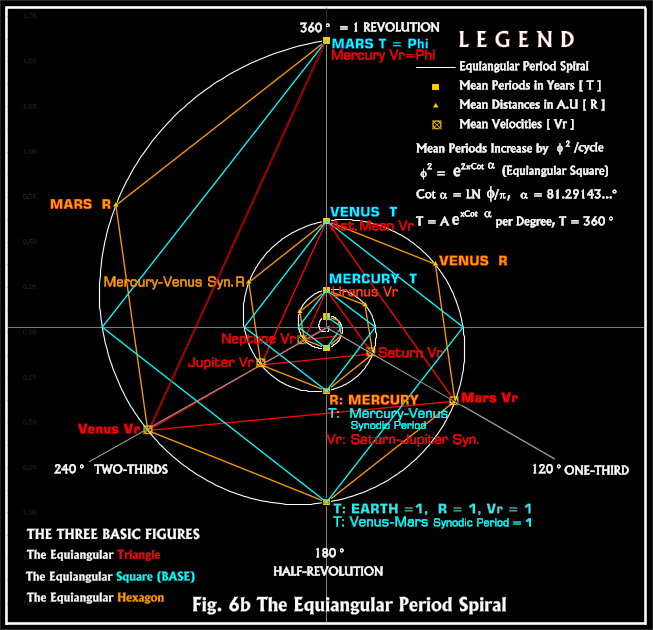 http://www.spirasolaris.ca/solexp3.html http://www.spirasolaris.ca/solexp3.html The ALCHEMICAL Aspect The ALCHEMICAL Aspect
Quote:
In light of the above there seems little doubt that in general and in the present astronomical context in particular, Spira Solaris qualifies to be described numerically as "the One and the Many," the "One and the All," "the Alpha and the Omega," and also (from The Chaldean Oracles): "Fountain of Fountains, and of All Fountains,
The Matrix of all Things."
.....
Pythagoras said the sacred Tetractys is: ` the spring having the roots of ever-flowing nature.' .... The four parts of the Decad, this perfect number, are called number, monad, power and cube. And the interweavings and minglings of these in the origin of growth are what naturally completes nascent number; for when a power of a power; and a cube is multiplied on a cube, it is the power of a cube; and when a cube is multiplied on a cube, the cube of a cube; thus all numbers, from which arise the genesis of what arises, are seven: number, monad, power, cube, power of a power, power of a cube, and cube of a cube.
.....
We have seen that the whole nature of things, all the essential properties of physis, were believed by the Pythagoreans to be contained in the tetractys of the decad; and it now appears that, just as we should expect, this ' fountain of ever-flowing nature' contains the periodic movement of life, evolving out of unity and reverting to unity again, in the recurrent revolution of a wheel of birth. It embodies the fundamental Dionysiac representation of palingenesia.
But there is something more in it than this. Pythagoras inherited the music of Orpheus, as well as the reincarnation doctrine of Dionysus. From the Orphics he inherited also the doctrine of the fall of the soul from its first perfect state of union with the divine, its degradation into the darkness of this life and of the underworld, and its final restoration to peace and unity. Now, on the model of this doctrine of the fall of the soul, the Pythagorean philosophy must hold that all existence proceeds out of the One and returns to it again; and that the One alone is perfect, while the manifold world of visible body is a turbid medium of appearance, in which the one truth is half-revealed and half-concealed, as the divine soul is manifest in the flesh and yet obscured by it and degraded.
There is thus, inherent in the representation handed down from Orphism to Pythagoras, not only the primitive wheel of birth, but another aspect of the movement of life, which is best described as a processional movement out of unity into plurality, out of light into darkness. This movement, also, must be revealed in the nature of numbers, and contained in the tetractys. Pythagoras found it in the procession of numerical series, the study of which he originated, thereby rounding the science of number. It is practically certain, also, that in music he discovered the ratios of the octave, the fifth, and the fourth, contained in the harmonic proportion 12: 8: 6. Now a progression like those contained in the tetractys of Plato's worldsoul --the series, 1: 2: 4: 8, 1: 3: 9: 27– is what the Pythagoreans called an harmonia; it is a continuous entity knit together by a principle of unity running through it, namely the logos or ratio (1/2 or 1/3) which links every term to its predecessor by the same bond. Both series, moreover, radiate from the One, which in Pythagorean arithmetic was not itself a number, but the source in which the whole nature of all numbers was gathered up and implicit. When we note, further, that every number is not only a many, but also one number, we can see how Pythagoras would find the whole movement of cosmic evolution contained in the procession of series, in which the One passes out of itself into a manifold, yet without losing all its unity, and a return from the many to the One is secured by that bond of proportion which runs, backwards and forwards, through the whole series and links it into a ' harmony.' It is thus that we must understand the doctrine that ' the whole Heaven is harmony and number.' The processional movement of physis is modelled upon that of soul, which falls from its first state of union with the divine, but yet remains linked to the One life by mysterious bonds, and can return to it again, purified by music.
......
As for the "geometric figure", that we may already have (whether applicable here or not) and although the concept of "organic motion" may strike some modern readers as strange, it is nevertheless an underlying feature in many ancient major works--the Timaeus of Plato especially. Here it may also be observed that by expressing the exponents of this short section of the Phi-series planetary framework in thirds, the sets [3, 6, 9 , [4, 8, 12] and [6, 12, 18] are also apparent--sets that may or may not be considered further with respect to other passages in Plato, etc.
......
It is in the same fashion that the Timaeus also tries to give a physical account of how the soul moves its body; the soul, it is there said, is in movement, and so owing to their mutual implication moves the body also. After compounding the soul-substance out of the elements and dividing it in accordance with the harmonic numbers, in order that it may possess a connate sensibility for 'harmony' and that the whole may move in movements well attuned, the Demiurge bent the straight line into a circle; this single circle he divided into two circles united at two common points; one of these he subdivided into seven circles. All this implies that the movements of the soul are identified with the local movements of the heavens. (Aristotle, On the Soul)
......
Mind is the monad, science or knowledge the dyad (because it goes undeviatingly from one point to another), opinion the number of the plane, sensation the number of the solid; the numbers are by him expressly identified with the Forms themselves or principles, and are formed out of the elements; now things are apprehended either by mind or science or opinion or sensation, and these same numbers are the Forms of things. Some thinkers, accepting both premises, viz. that the soul is both originative of movement and cognitive, have compounded it of both and declared the soul to be a self-moving number. (Aristotle, On the Soul)
......
Thus that in the soul which is called mind (by mind I mean that whereby the soul thinks and judges) is, before it thinks, not actually any real thing. For this reason it cannot reasonably be regarded as blended with the body: if so, it would acquire some quality, e.g. warmth or cold, or even have an organ like the sensitive faculty: as it is, it has none. It was a good idea to call the soul 'the place of forms', though (1) this description holds only of the intellective soul, and (2) even this is the forms only potentially, not actually. (Aristotle, On the Soul)
.....
there will be a need for several sciences. The first and most important of them is likewise that which treats of pure numbers--not numbers concreted in bodies, but the whole generation of the series of odd and even, and the effects which it contributes to the nature of things. When all this has been mastered, next in order comes what is called by the very ludicrous name mensuration, but is really a manifest assimilation to one another of numbers which are naturally dissimilar, effected by reference to areas. Now to a man who can comprehend this, it will be plain that this is no mere feat of human skill, but a miracle of God's contrivance. Next, numbers raised to the third power and thus presenting an analogy with three-dimensional things. Here again he assimilates the dissimilar by a second science, which those who hit on the discovery have named stereometry [the gauging of solids], a device of God's contriving which breeds amazement in those who fix their gaze on it and consider how universal nature molds form and type by the constant revolution of potency and its converse about the double in the various progressions. The first example of this ratio of the double in the advancing number series is that of 1 to 2; double of this is the ratio of their second powers [ 4 ], and double of this again the advance to the solid and tangible, as we proceed from 1 to 8 [ 1, 2, 2^2, 2^3]; the advance to a mean of the double, that mean which is equidistant from lesser and greater term [the arithmetical], or the other mean [the harmonic] which exceeds the one term and is itself exceeded by the other by the same fraction of the respective terms--these ratios of 3 : 2 and 4 : 3 will be found as means between 6 and 2: why, in the potency of the mean between these terms [ 6 x 2 ], with its double sense, we have a gift from the blessed choir of the Muses to which mankind owes the boon of the play of consonance and measure, with all they contribute to rhythm and melody.
So much, then, for our program as a whole. But to crown it all, we must go on to the generation of things divine, the fairest and most heavenly spectacle God has vouchsafed to the eye of man. And: believe me, no man will ever behold that spectacle without the studies we have described, and so be able to boast that he has won it by an easy route. Moreover, in all our sessions for study we are to relate the single fact to its species; there are questions to be asked and erroneous theses to be refuted. We may truly say that this is ever the prime test, and the best a man can have; as for tests that profess to be such but are not, there is no labor so fruitlessly thrown away as that spent on them. We must also grasp the accuracy of the periodic times and the precision with which they complete the various celestial motions, and this is where a believer in our doctrine that soul is both older and more divine than body will appreciate the beauty and justice of the saying that ' all things are full of gods ' and that we have never been left unheeded by the forgetfulness or carelessness of the higher powers. There is one observation to be made about all such matters. If a man grasps the several questions aright, the benefit accruing to him who thus learns his lesson in the proper way is great indeed; if he cannot, 'twill ever be the better course to call on God. Now the proper way is this--so much explanation is unavoidable. To the man who pursues his studies in the proper way, all geometric constructions, all systems of numbers, all duly constituted melodic progressions, the single ordered scheme of all celestial revolutions, should disclose themselves, and disclose themselves they will, if, as I say, a man pursues his studies aright with his mind's eye fixed on their single end. As such a man reflects, he will receive the revelation of a single bond of natural interconnection between all these problems. If such matters are handled in any other spirit, a man, as I am saying, will need to invoke his luck. We may rest assured that without these qualifications the happy will not make their appearance in any society; this is the method, this the pabulum, these the studies demanded; hard or easy, this is the road we must tread. (The Collected Dialogues of Plato)
http://www.spirasolaris.ca/sbb4d.html |
1998 + ONEneo = 1999 http://en.wikipedia.org/wiki/The_Matrix http://en.wikipedia.org/wiki/Aztec_calendar_stonehttp://en.wikipedia.org/wiki/Theory_of_relativityhttp://en.wikipedia.org/wiki/Magic_squarehttp://en.wikipedia.org/wiki/Sierpinski_trianglehttp://www.davidicke.com/forum/showt...=61370&page=73 http://en.wikipedia.org/wiki/Aztec_calendar_stonehttp://en.wikipedia.org/wiki/Theory_of_relativityhttp://en.wikipedia.org/wiki/Magic_squarehttp://en.wikipedia.org/wiki/Sierpinski_trianglehttp://www.davidicke.com/forum/showt...=61370&page=73 http://www.spirasolaris.ca/sbb4d2c.html http://www.spirasolaris.ca/sbb4d2c.html http://www.banksy.co.uk/http://edition.cnn.com/2013/10/28/us...ter-editorial/ http://www.banksy.co.uk/http://edition.cnn.com/2013/10/28/us...ter-editorial/  http://www.davidicke.com/forum/showp...postcount=1449 http://www.davidicke.com/forum/showp...postcount=1449
__________________
CRISTIS
Last edited by science2art; 02-11-2013 at 05:54 PM. Reason: Thatcheria mirabilis Spiral/911 "betrayal"
https://forum.davidicke.com/showthread.php?p=1061814088 |
|
|
|
|
 Primer Primer  Anterior 2 a 9 de 9 Siguiente Anterior 2 a 9 de 9 Siguiente  Último Último  |
|
|
| LA PIEDRA FILOSOFAL DE LA ALQUIMIA. GENESIS 3.14=NACIMIENTO DE EINSTEIN (STEIN=PIEDRA=PEDRO) PORQUE EINSTEIN NACIO EN EL 14 DE MARZO? |
|
|
|
|
| FUE ALBERT EINSTEIN UN ALQUIMISTA? SIN PALABRAS |
|
|
|
|
| LA TEORIA DE LA RELATIVIDAD, AL DEPENDER DEL NUMERO PI, ES OBVIO QUE TAMBIEN DEPENDE DE PHI, EN EL MARCO QUE PI=4/RAIZ CUADRADA DE PHI, COMO LO CONFIRMA LA GRAN PIRAMIDE (PI_RAMIDE). OSEA VOLVEMOS AL 3.14 |
|
|
|
|
|
¿COMO SE EXPLICA QUE EL NACIMIENTO DE ALBERT EINSTEIN FUE UN 14 DE MARZO E INCLUSO LA MUERTE DE STEPHEN HAWKING?
¿FUERON VIAJEROS EN EL TIEMPO O HAY UN DIOS TODOPODEROSO QUE NO JUEGA A LOS DADOS?
|
|
|
|
|
|
LA RELATIVIDAD DE EINSTEIN EN FUNCION A LA GRAN PIRAMIDE
|
|
|
|
|
|
|
|
|
|
|



LA PIEDRA FILOSOFAL DE LA ALQUIMIA. GENESIS 3.14=NACIMIENTO DE EINSTEIN (STEIN=PIEDRA=PEDRO). ¿PORQUE EINSTEIN NACIO EN EL 14 DE MARZO osea una referencia al PI=3.14? ¿FUE ALBERT EINSTEIN UN ALQUIMISTA? SIN PALABRAS, ESTA TODO CODIFICADO. TODO ES ALQUIMIA. TODO ESTA INTERRELACIONADO. LA ECONOMIA, LA FISICA, LA FILOSOFIA, LA TEOLOGIA, LA SOCIOLOGIA, LA ASTRONOMIA, LA PSICOLOGIA, EGIPTOLOGIA, MATEMATICAS, ETC,ETC. ¿PORQUE NO SE ENSEÑA ESTO EN LAS UNIVERSIDADES Y TAMPOCO EN LAS DENOMINACIONES RELIGIOSAS TRADICIONALES? ¿ES MAGIA O ES ALQUIMIA? ES OBVIO, EL NEXO CON EL PENTAGONO O LA MANZANA EN EL CONTEXTO A PROVERBIOS 25:11 (SABIDURIA DE SALOMON). LA TEORIA DE LA RELATIVIDAD, AL DEPENDER DEL NUMERO PI, ES OBVIO QUE TAMBIEN DEPENDE DE PHI, EN EL MARCO QUE PI=4/RAIZ CUADRADA DE PHI, COMO LO CONFIRMA LA GRAN PIRAMIDE (PI_RAMIDE). OSEA VOLVEMOS AL 3.14. ¿EL VERDADERO VALOR DE PI ES EL TRADICIONAL O EL DE LA GRAN PIRAMIDE QUE DEPENDE DEL NUMERO 4, UNA OBVIA REFERENCIA A LAS 4 FASES DE LA LUNA O CUARTO MANDAMIENTO DE LA BIBLIA?
¿COMO SE EXPLICA QUE EL NACIMIENTO DE ALBERT EINSTEIN FUE UN 14 DE MARZO E INCLUSO LA MUERTE DE STEPHEN HAWKING? ¿FUERON VIAJEROS EN EL TIEMPO O HAY UN DIOS TODOPODEROSO QUE NO JUEGA A LOS DADOS? TODO ESTA CODIFADO.
LA RELATIVIDAD DE EINSTEIN EN FUNCION A LA GRAN PIRAMIDE
 900 × 582 900 × 582
Sabemos que Vesica Piscis esta en funcion al a los 153 peces de Juan 21:11.
 Aqui tenemos a Pi - la circunferencia del toro y la vesica piscis 256/153 equivalente a la raiz cuadrada de 3 En el hipercubo las coordinadas binarias de Piscis son decimal 3 y binario 11 153 los pescados de Jesus en la biblia
|
|
|
|
|
|
|
|
DREAMS=D-REAMS=LETTER D

|
|
|
|
|
|
|
|
Hagia Sophia
From Wikipedia, the free encyclopedia
Hagia Sophia (Turkish: Ayasofya; Ancient Greek: Ἁγία Σοφία, romanized: Hagía Sophía; Latin: Sancta Sapientia; lit. 'Holy Wisdom'), officially the Hagia Sophia Grand Mosque (Turkish: Ayasofya-i Kebir Cami-i Şerifi; Greek: Μεγάλο Τζαμί της Αγίας Σοφίας),[3] is a mosque and former church serving as a major cultural and historical site in Istanbul, Turkey. The last of three church buildings to be successively erected on the site by the Eastern Roman Empire, it was completed in AD 537. The site was an Eastern rite church from AD 360 to 1453, except for a brief time as a Latin Catholic church between the Fourth Crusade and 1261.[4] After the fall of Constantinople in 1453, it served as a mosque until 1935, when it became a museum. In 2020, the site once again became a mosque.
The current structure was built by the Byzantine emperor Justinian I as the Christian cathedral of Constantinople for the Byzantine Empire between 532 and 537, and was designed by the Greek geometers Isidore of Miletus and Anthemius of Tralles.[5] It was formally called the Church of God's Holy Wisdom (Greek: Ναὸς τῆς Ἁγίας τοῦ Θεοῦ Σοφίας, romanized: Naòs tês Hagías toû Theoû Sophías)[6][7] and upon completion became the world's largest interior space and among the first to employ a fully pendentive dome. It is considered the epitome of Byzantine architecture[8] and is said to have "changed the history of architecture".[9] The present Justinianic building was the third church of the same name to occupy the site, as the prior one had been destroyed in the Nika riots. As the episcopal see of the ecumenical patriarch of Constantinople, it remained the world's largest cathedral for nearly a thousand years, until the Seville Cathedral was completed in 1520. Beginning with subsequent Byzantine architecture, Hagia Sophia became the paradigmatic Orthodox church form, and its architectural style was emulated by Ottoman mosques a thousand years later.[10] It has been described as "holding a unique position in the Christian world"[10] and as an architectural and cultural icon of Byzantine and Eastern Orthodox civilization.[10][11][12]
The religious and spiritual centre of the Eastern Orthodox Church for nearly one thousand years, the church was dedicated to the Holy Wisdom.[13][14][15] It was where the excommunication of Patriarch Michael I Cerularius was officially delivered by Humbert of Silva Candida, the envoy of Pope Leo IX in 1054, an act considered the start of the East–West Schism. In 1204, it was converted during the Fourth Crusade into a Catholic cathedral under the Latin Empire, before being returned to the Eastern Orthodox Church upon the restoration of the Byzantine Empire in 1261. Enrico Dandolo, the doge of Venice who led the Fourth Crusade and the 1204 Sack of Constantinople, was buried in the church.
After the fall of Constantinople to the Ottoman Empire in 1453,[16] it was converted to a mosque by Mehmed the Conqueror and became the principal mosque of Istanbul until the 1616 construction of the Sultan Ahmed Mosque.[17][18] Upon its conversion, the bells, altar, iconostasis, ambo, and baptistery were removed, while iconography, such as the mosaic depictions of Jesus, Mary, Christian saints and angels were removed or plastered over.[19] Islamic architectural additions included four minarets, a minbar and a mihrab. The Byzantine architecture of the Hagia Sophia served as inspiration for many other religious buildings including the Hagia Sophia in Thessaloniki, Panagia Ekatontapiliani, the Şehzade Mosque, the Süleymaniye Mosque, the Rüstem Pasha Mosque and the Kılıç Ali Pasha Complex. The patriarchate moved to the Church of the Holy Apostles, which became the city's cathedral.
The complex remained a mosque until 1931, when it was closed to the public for four years. It was re-opened in 1935 as a museum under the secular Republic of Turkey, and the building was Turkey's most visited tourist attraction as of 2019.[20]
In July 2020, the Council of State annulled the 1934 decision to establish the museum, and the Hagia Sophia was reclassified as a mosque. The 1934 decree was ruled to be unlawful under both Ottoman and Turkish law as Hagia Sophia's waqf, endowed by Sultan Mehmed, had designated the site a mosque; proponents of the decision argued the Hagia Sophia was the personal property of the sultan. The decision to designate Hagia Sophia as a mosque was highly controversial. It resulted in divided opinions and drew condemnation from the Turkish opposition, UNESCO, the World Council of Churches and the International Association of Byzantine Studies, as well as numerous international leaders, while several Muslim leaders in Turkey and other countries welcomed its conversion into a mosque.
Church of Constantius II
[edit]
 Hagia Sophia, Istanbul, Turkey, ca. 1897.
The first church on the site was known as the Magna Ecclesia (Μεγάλη Ἐκκλησία, Megálē Ekklēsíā, 'Great Church')[21][22] because of its size compared to the sizes of the contemporary churches in the city.[13] According to the Chronicon Paschale, the church was consecrated on 15 February 360, during the reign of the emperor Constantius II (r. 337–361) by the Arian bishop Eudoxius of Antioch.[23][24] It was built next to the area where the Great Palace was being developed. According to the 5th-century ecclesiastical historian Socrates of Constantinople, the emperor Constantius had c. 346 "constructed the Great Church alongside that called Irene which because it was too small, the emperor's father [Constantine] had enlarged and beautified".[25][23] A tradition which is not older than the 7th or 8th century reports that the edifice was built by Constantius' father, Constantine the Great (r. 306–337).[23] Hesychius of Miletus wrote that Constantine built Hagia Sophia with a wooden roof and removed 427 (mostly pagan) statues from the site.[26] The 12th-century chronicler Joannes Zonaras reconciles the two opinions, writing that Constantius had repaired the edifice consecrated by Eusebius of Nicomedia, after it had collapsed.[23] Since Eusebius was the bishop of Constantinople from 339 to 341, and Constantine died in 337, it seems that the first church was erected by Constantius.[23]
 View of the dome interior
        |
|
|
 Primer Primer
 Anterior
16 a 30 de 30
Següent Anterior
16 a 30 de 30
Següent
 Darrer
Darrer

|













